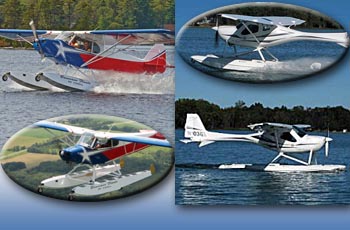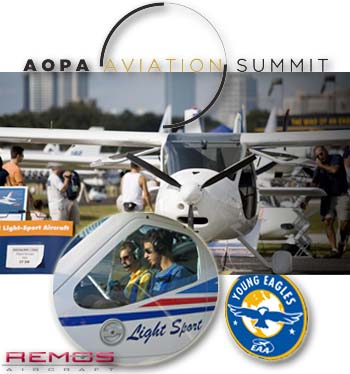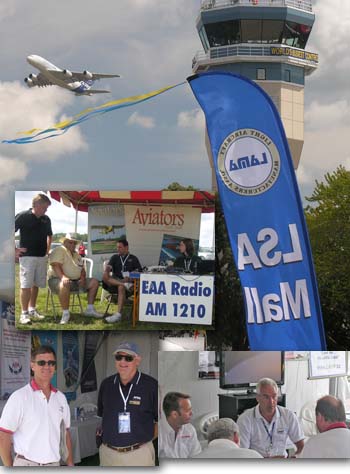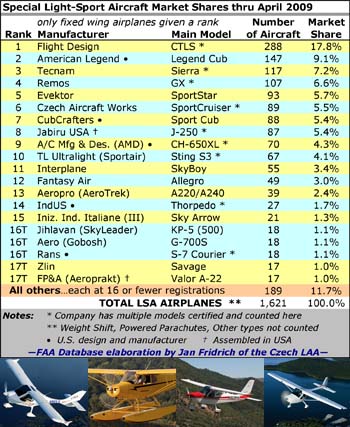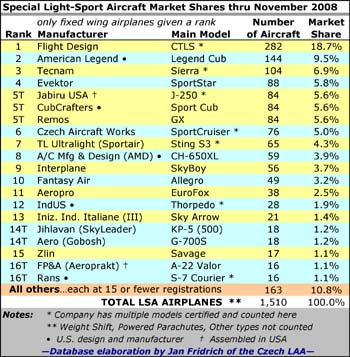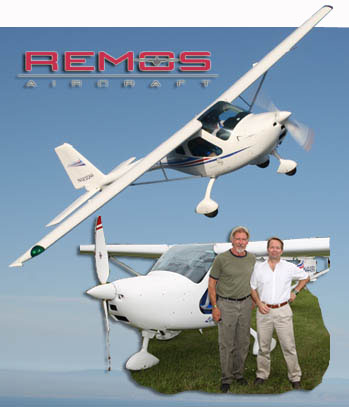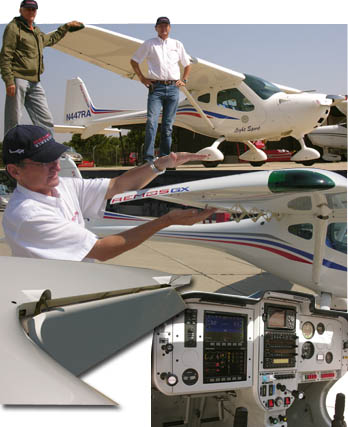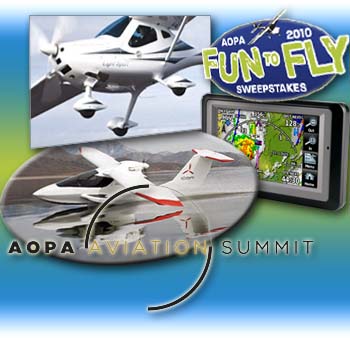
In its first year as the AOPA “Summit” (versus “Expo”), the 70-year-old, 415,000-member organization made lots of changes large and small. Among the most notable under capable new president Craig Fuller was much greater attention to LSA. Here’s the fast-read update… *** AOPA announced their 2010 Sweepstakes airplane is a Remos GX; the company had multiple displays and aircraft. Cessna brought a Skycatcher for selected reporters to fly. Craig Fuller had Icon A5 developer Kirk Hawkins on the center-hall stage. EAA’s Earl Lawrence led a LSA panel of FAA and industry experts (including yours truly). LAMA operated an LSA Mall area and had fruitful discussions with AOPA to advance goals of the LSA industry. SeaMax USA showed off their simulator seaplane running on MS Flight Sim. Tecnam North America, with several aircraft on display, announced new service centers for the popular Italian line of aircraft they now represent.



